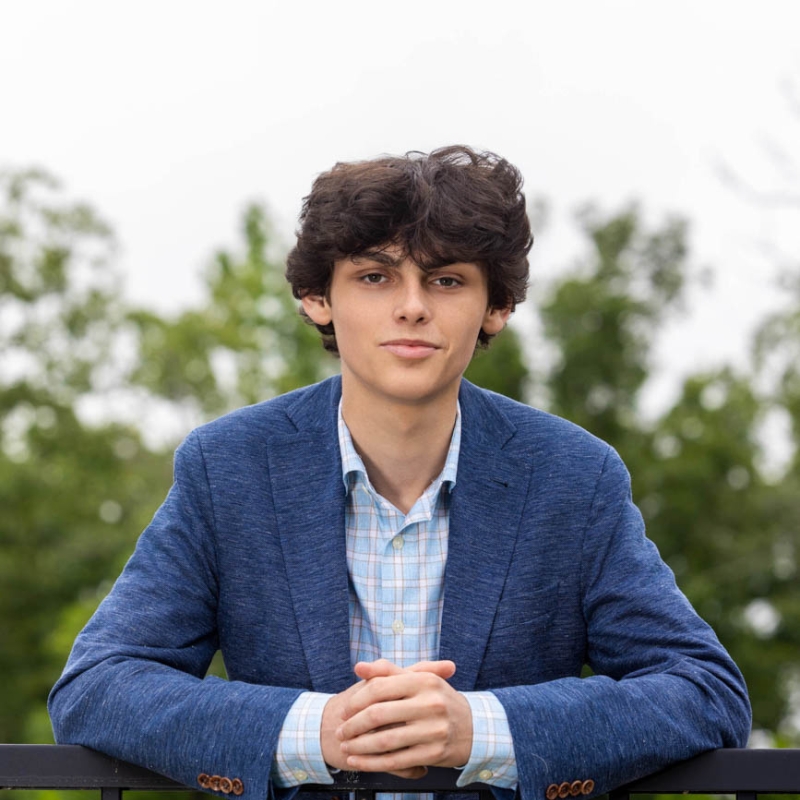Meet JD: Your Teen Guide to Art Therapy Exercises
Hello! My name is JD. I was diagnosed with depression in my tenth grade year. I know what it’s like to sit up at night, drowning in your own thoughts, feeling like depression has total control, and no one can tell.
One night, I started writing lyrics after listening to music, and for the first time, I could see my problems as something small. It was so surreal to see my emotional wounds distilled into stanzas on a page instead of the hurricanes in my head. My therapist told me I’d stumbled onto art therapy, so I researched everything I could find and discovered that creative practice boosts resilience, cognitive function, and self-confidence. Being able to create something physical, whether through writing, pottery, or painting, gave me a sense of control when everything felt overwhelming.
I’ve distilled all that research and personal experience into simple exercises you can use right now. As I mentioned earlier, I used art therapy to help manage my depression with my supportive parents, my therapist, and prescribed medication. I’m not a therapist, but I want to share the tools that helped me get through my hardest times.
Try Self-paced Art Therapy Exercises for Free:
Download the free Art Therapy Guide and get instant access to a variety of exercises.
Do one creative exercise. Pick a 10-minute activity from the guide and give it a shot.
Feel calmer and more in control. Notice how your mood shifts and repeat the exercises that help you most.
Take the First Step Today
Help won’t find you unless you ask for it. The free Art Therapy Starter Guide is only a click away and will arrive directly in your inbox. Inside, you’ll find evidence-based exercises curated from peer-reviewed studies and refined through my real-world experience.
The guide serves as your roadmap to establishing a healthy routine that meets you where you are. Don’t wait for a perfect moment. Act now and start exploring a creative outlet that could change your life.
What Happens If You Do Nothing?
Avoiding action has consequences, especially if it involves your mental health. Left unchecked, depression and anxiety often worsen. Students who delay seeking help may experience a decline in their academic performance, lose friendships, or withdraw from activities they once enjoyed. Feelings of isolation intensify when you withdraw from others and struggle to articulate your emotions. Depression impairs attention, memory, and decision-making, making daily tasks even more overwhelming. The cycle of stress and hopelessness repeats, draining confidence and energy until you feel stuck.
Imagine a Life Where You Can Breathe Again
Change is possible.
Engaging with art therapy can help calm your nervous system and reduce stress and anxiety.
Art therapy does so much for you. By doing it, you can:
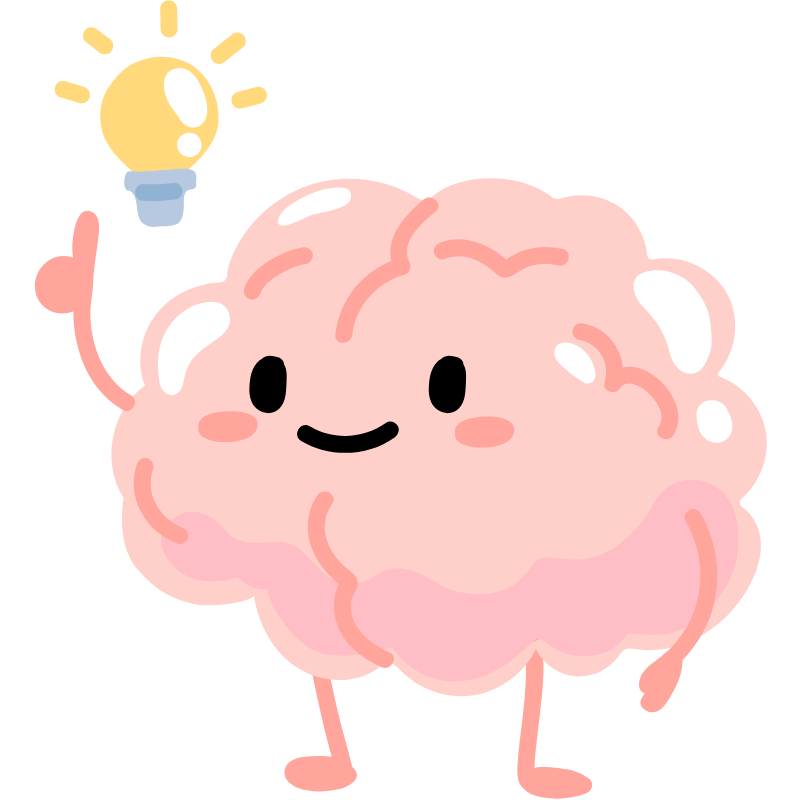
Stimulate your brain
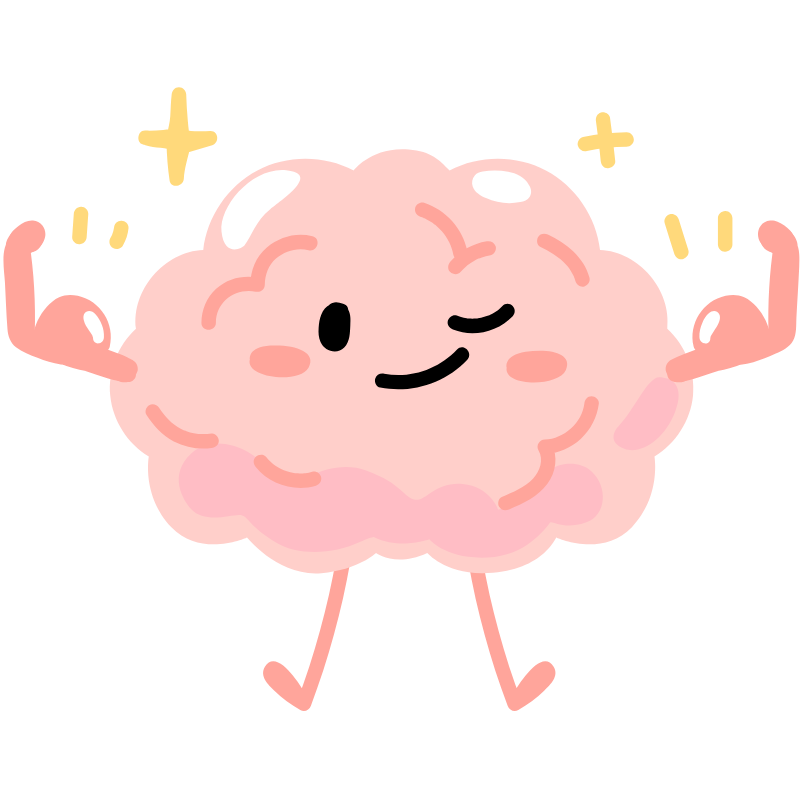
Support cognitive health
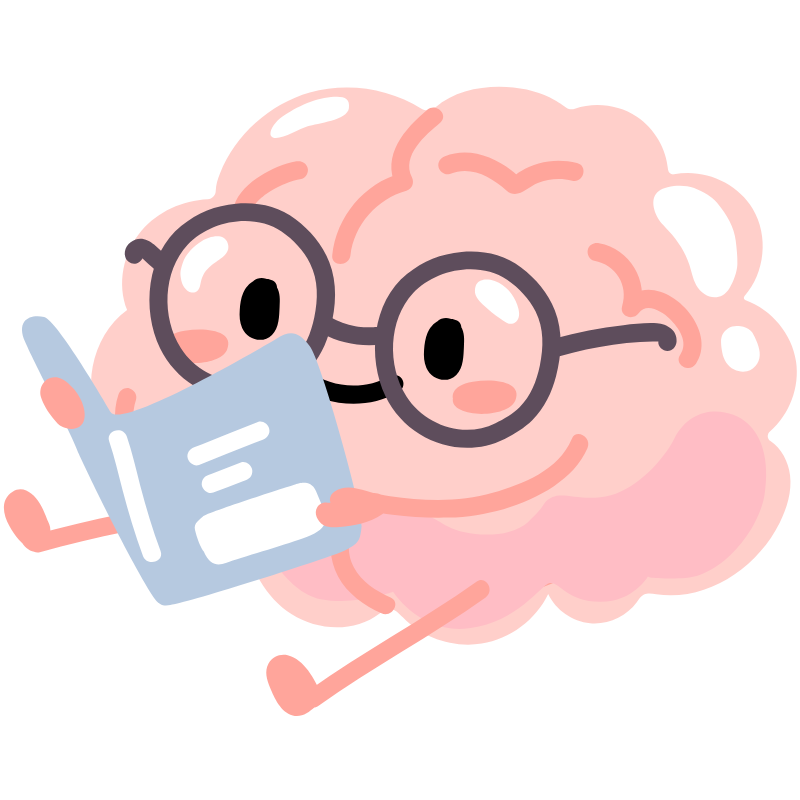
Promote productive flow states
Finally, at least for me, artists, while they can be lonely, are an exciting and social group. Engaging with art and more artists strengthens community bonds, promotes cultural identity, and offers cost-effective mental health support. Imagine feeling calmer, performing better in school, building healthier relationships, and knowing you’re part of a wider community that uses these tools. With every small creative act, you move closer to that life.
Understanding the Research: What I Actually Found
When I started this project, I ended up reading through 18 peer-reviewed articles about art therapy and mental health. Some were straightforward and accessible. Others required multiple reads and outside help to fully understand the statistical methods and findings.
I’m adding this section because the scholars who did this research are way smarter than I am. They spent years studying this stuff, and if you’re interested in learning more about art therapy, you deserve access to the actual researchers who dedicated their careers to understanding how it works. I’m just a high school student who found art helpful for managing my own depression. I’m not a trained mental health professional, not a therapist, and definitely not an expert in statistical analysis or neuroscience.
The five articles below are the ones I found most accessible and helpful for understanding how art therapy actually works. They’re the studies that gave me concrete answers about what helps, how much you need to do, and why it works at a biological level.
1. Zhou et al. (2025) – Art Therapy for Children and Adolescents with Cancer
This study provides the strongest evidence I found to support the effectiveness of art therapy on people my age. Zhou and their team compiled data from eight studies involving 452 kids and teens with cancer, ages 7-18, from five countries. All participants were hospitalized and undergoing active cancer treatment.
Here’s what actually helped people:
- Anxiety levels dropped significantly across six different studies: Short-term programs lasting just 5-6 days were more effective than longer programs spanning 4-5 weeks. Drawing alone had the biggest impact on reducing anxiety, followed by handcrafting activities like working with clay or making collages.
- Depression scores improved in multiple studies: Two studies found consistent reductions in depression symptoms after art therapy. A third study measuring overall depressive emotions also found strong positive effects.
- Six specific psychological symptoms all got better: One study tracked trouble concentrating, trouble sleeping, feeling sad, feeling worried, feeling irritable, and feeling nervous. Art therapy improved all of them, including the frequency, severity, and distress caused.
- Benefits persisted after treatment ended: One study followed up with participants one month later. The anxiety-reduction benefits were still evident. Another study found improvements even during the middle of treatment, before the full program was done.
These teens faced chemotherapy, radiation, surgery, bone marrow transplants, extended hospitalizations, invasive procedures, and social isolation. Art therapy still helped their mental health. The researchers admit the evidence has limitations because not enough studies exist yet, and different studies used different methods. If art therapy can help teens going through cancer treatment, it can probably help those of us dealing with depression from other causes.
Reference:
Zhou, S., Li, H., Yang, Y., Luo, Y., Li, M., Huang, X., Qin, D., Chen, X., & Wei, Y. (2025). Effects of art therapy on psychological outcomes among children and adolescents with cancer: A systematic review and meta-analysis. BMC Complementary Medicine and Therapies, 25, 149.
https://bmccomplementmedtherapies.biomedcentral.com/articles/10.1186/s12906-025-04866-2
2. Davies et al. (2015) – Arts Engagement and Mental Wellbeing
This study answered the question I had been asking myself: how much art therapy is actually needed for it to be effective? Davies and his research team studied thousands of people in the general population to find the relationship between arts engagement and mental well-being. They used the Warwick-Edinburgh Mental Wellbeing Scale to measure results.
Here’s what the numbers showed:
- You need a minimum of two hours per week for measurable benefits: The study found you need at least 100 hours of arts engagement per year before you see real mental health improvements. That breaks down to about two hours per week, every week.
- More art consistently equals better mental health outcomes: People who reach the 100+ hours per year threshold score approximately two points higher on wellbeing scales than those who do less. That might not sound like much, but it’s a noticeable difference in how you feel day-to-day.
- The benefits don’t scale linearly with the time invested: Doing one hour per week doesn’t yield half the benefits of two hours per week. You need to hit that two-hour weekly threshold before the real improvements kick in.
- Age made no difference in the results: The study examined the general population across all age groups. Whether you’re a teenager or an adult, the pattern remains the same.
The researchers compared this to public health campaigns promoting physical activity. They argued that arts engagement deserves similar recognition to that of a mental health intervention. You can’t just doodle for five minutes once a month and expect your depression to vanish. The research shows you need consistent, regular engagement. Two hours per week is doable for most people. When I was struggling the most, I was writing lyrics and making music for way more than two hours a week. Looking back, that wasn’t a coincidence.
Reference:
Davies, C., Knuiman, M., & Rosenberg, M. (2015). The art of being mentally healthy: A study to quantify the relationship between recreational arts engagement and mental well-being in the general population. BMC Public Health, 15, 1.
https://bmcpublichealth.biomedcentral.com/articles/10.1186/s12889-015-2672-7
3. Barnett & Vasiu (2024) – Neural Mechanisms of Creative Arts
I needed this article because I got tired of people acting like art therapy is hippie nonsense with no real science behind it. Barnett and Vasiu reviewed research on the neural mechanisms behind how creative arts affect mental and physical health. They looked at what actually happens in your brain when you engage with art.
Here’s what happens in your brain:
- Making art and experiencing art both activate the same emotional regulation circuits: Whether you’re actively creating (making art) or passively engaging (viewing art, listening to music), your brain lights up in the same regions responsible for processing emotions.
- Two specific brain regions consistently activate during creative arts engagement: The medial prefrontal cortex and the amygdala, both of which show increased activity. These regions are directly involved in processing and regulating emotions, not just reacting to them.
- Different art forms activate shared biological mechanisms for emotional processing: The research points to the same underlying mechanisms whether you’re painting, writing, or making music. You’re activating identical circuits regardless of which creative medium you choose.
- The creative arts are defined broadly across multiple activities. The study examined painting, music, dance, and writing, all of which are pursued primarily for personal expression, enjoyment, and cultural engagement.
Your limbic system processes emotions without the need for language. Your prefrontal cortex uses language and logic to understand those emotions. Art provides a bridge between the two. When I was writing lyrics about my depression, I was activating my prefrontal cortex to help process emotions that my limbic system couldn’t organize on its own. The researchers found consistent patterns across different art forms, which explains why art therapy works at a biological level, regardless of the medium chosen.
Reference:
Barnett, K. S., & Vasiu, F. (2024). How the arts heal: A review of the neural mechanisms behind the therapeutic effects of creative arts on mental and physical health. Frontiers in Behavioral Neuroscience, 18, 1422361.
https://www.frontiersin.org/journals/behavioral-neuroscience/articles/10.3389/fnbeh.2024.1422361/full
4. Wang et al. (2025) – Creative Arts Therapy for PTSD
This meta-analysis looked at creative arts therapies for treating PTSD. It taught me something I didn’t expect: not all art therapy works the same way for every condition. Wang and the research team analyzed multiple studies to determine which types of creative arts are most effective in addressing trauma.
Here’s what worked best for trauma:
- Drama therapy showed the strongest effects for reducing PTSD symptoms: The subgroup analysis revealed drama therapy was notably effective. Music, art, and dance/movement therapies showed smaller effects compared to other therapies.
- Drama creates psychological distance while still processing trauma: PTSD involves trauma that often resists verbal processing. Drama therapy allows people to process experiences from the perspective of a character, creating a separation between the traumatic event and the individual, while still allowing them to engage with it.
I included this study because many people with depression also have trauma histories. PTSD and depression often occur together. The research indicates that selecting the right artistic medium can make a significant difference. You can’t just throw any art activity at any mental health condition and expect identical results. When I was dealing with depression, writing and music worked for me. Someone else might need visual arts or theater. The key is finding what fits your specific brain and your particular struggles.
Reference:
Wang, J., Zhang, B., Yahaya, R., Hu, Q., & Li, H. (2025). Colors of the mind: A meta-analysis of creative arts therapy as an approach for post-traumatic stress disorder intervention. BMC Psychology, 13, 32.
https://bmcpsychology.biomedcentral.com/articles/10.1186/s40359-025-02361-4
5. Noice et al. (2014) – Participatory Arts for Older Adults
I know what you’re thinking: why am I including a study about older adults when we’re talking about teens and depression? Because the mechanisms are what matter, and this study documents those mechanisms across multiple artistic mediums. Noice and the research team reviewed studies of dance, expressive writing, music (singing and instrumental), theatre arts, and visual arts in older adults.
Here’s what improved across the board:
- Cognitive and physical functioning both got better: Memory function, creativity scores, problem-solving ability, everyday competence measures, reaction time, balance and gait, and quality of life ratings all showed improvement.
- Emotional and social well-being increased significantly: The studies found statistically significant increases in emotional well-being, quality of life, understanding of singing, and self-confidence. People also reported increased social engagement, sense of empowerment, and psychological health.
- Music gave specific boosts to emotional well-being and confidence: Music activities specifically improved emotional well-being and self-confidence more than other measures.
- Visual arts have created the strongest social and empowerment benefits. Visual arts, such as painting and drawing, have increased social engagement, sense of empowerment, and psychological well-being more than other creative activities.
- Being good at art made zero difference in outcomes: Engagement with art produced measurable psychological benefits regardless of skill level. You just had to participate.
The researchers studied older adults because this population faces cognitive decline and social isolation; however, the emotional regulation benefits apply across the lifespan. Your brain’s emotional processing systems work the same way whether you’re sixteen or sixty. When you’re depressed and isolated, art provides a pathway back to social connection and psychological health. The study proves that you don’t need to be good at art for it to be beneficial. You just need to engage with the creative process. That was true for the older adults in these studies, and it was also true for me when I started writing lyrics at fifteen, with no musical training.
Reference:
Noice, T., Noice, H., & Kramer, A. F. (2014). Participatory arts for older adults: A review of benefits and challenges. The Gerontologist, 54(5), 741–753. https://doi.org/10.1093/geront/gnt138
https://pmc.ncbi.nlm.nih.gov/articles/PMC4229893/
Find Calm Through Creativity
You don’t need to face depression alone. Download the free Art Therapy Guide and explore the research-backed creative approach that help you feel centered, focused, and hopeful again!
